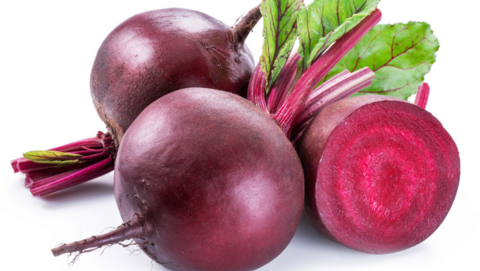YORKTON - Beets are big! This home-grown favourite veggie has become a rock-star vegetable, and known for a whole lot more than pickled beets and borscht!
If you been at some interesting eateries lately, many of them feature beets in exciting new ways, such as in wraps and salads. As they say, everything old becomes new again, and that is the story with beets.
Picture it: a gardener in ancient Egypt, out in his or her garden and harvesting beets. Yes, that’s how far back beets go…perhaps even further…but back then they were grown for the greens. The Romans discovered that the roots were yummy, and started using them, and as time went on the beets became associated with homegrown cures for a variety of ailments.
No prairie garden seems complete without beets. Beets like well-draining soil, and bright sunshine to reach their full potential. They like at least six hours of sunshine a day. They are called a ‘cool-weather crop’ because they like to be planted in cooler soil. They can be one of the first things we plant in our garden. Depending on the variety, beets need about seventy or so days to mature. Unless you like to pick them when they are tiny for a gourmet presentation in your meals! And here’s an interesting factoid, beets seeds are actually clusters which may produce several little shoots, although most gardeners will thin these out to allow one beet shoot to produce one magnificent beet.
But wait, that doesn’t mean that bigger is better. Beets that are about the size of a large egg or a golf ball are a nice size to work with, and probably the best quality beet at that time because their flavor is very nice. Another bonus, they are easy to work with. Some people might like to grown them bigger depending on how they will be cooked, but many cooks find those tyrannosaurus Fred Flintstone beets hard to work with because they are so big and hard.
Beets don’t have a lot of problems in terms of pests or disease, so they are pretty low-care. And yes, they are pretty! The leaves are beautiful colours, and make a great addition as a background plant if you have ever wanted to try “food scaping”. And for those gardeners who are space-challenged, guess what, you can grow beets in containers! Make sure the container is at least 12 inches deep, and use well-draining soil.
Once we have our beets, what then? I love borscht, so that is one of the top picks on my list. But there are also beet pickles, beetniks, using the tops in salads, or steaming them and eating them just as a beautiful veggie on any dinner plate. Mom always used to steam the small beets, then dress them with lemon juice and butter, and my goodness, they were SO good! Almost like candy!
But there’s more: they make delicious veggies when roasted in the oven (delicious if you cook them together with carrots: toss all with olive oil and sprinkle with salt then roast till tender), or cooked first and then eaten cold and shredded in a wrap. I know many gardeners make the delicious beet and horseradish mixture for Easter. There are many health benefits to beets too, they’re full of vitamins and fiber. So if someone tells you to “eat your beets!” it’s not a difficult thing to do!
The Yorkton and District Horticultural Society will be working in our gardens over the summer, and our next meeting will not be until fall. Visit us at www.yorktonhort.ca and be watching for new information about hort events.
Thank you to our friends at YTW, have a great week!






